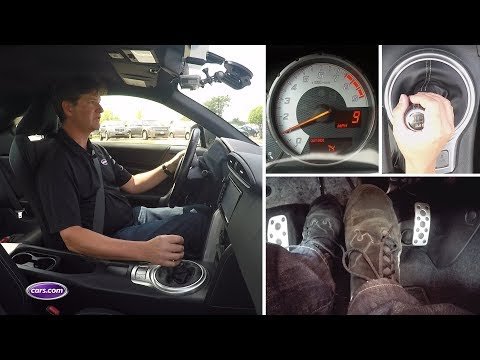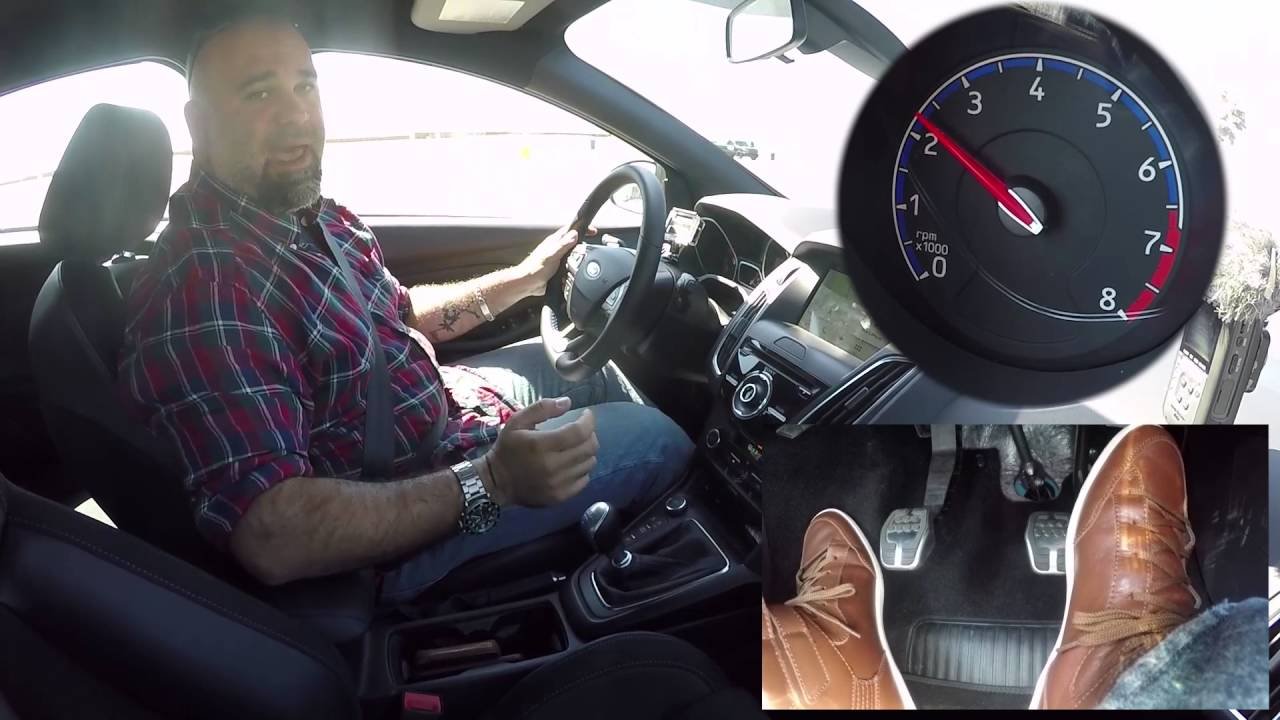How to Drive a Manual Transmission
Driving a manual transmission can be an exhilarating experience, giving you greater control over your vehicle and a deeper connection to the driving process. However, learning to drive a manual transmission can be intimidating if you have never done it before. With a bit of practice and patience, anyone can master the art of driving a manual transmission. This guide will walk you through the basics of driving a manual transmission, helping you understand each step in the process.

Understanding the Basics of a Manual Transmission
Before you get started, it’s essential to understand the basics of a manual transmission. Unlike an automatic, a manual transmission requires the driver to manually change gears using a clutch pedal and a gear stick. The clutch pedal, located to the left of the brake pedal, must be pressed down to disengage the engine from the wheels, allowing you to change gears.
To drive a manual transmission smoothly, you need to learn how to coordinate the clutch pedal and gear stick with the accelerator and brake pedals. This coordination is the key to mastering a manual transmission and will help you become a more skilled and confident driver.
Getting Started: The Clutch and Gear Shifter
To begin driving a manual transmission, start by familiarizing yourself with the clutch and gear shifter. With the car turned off, practice pressing the clutch pedal all the way down with your left foot. Then, use your right hand to move the gear shifter through the different gears, noticing how it feels to move into each position.
Starting the Car and Engaging First Gear
Now that you have a feel for the clutch and gear shifter, it’s time to start the car. To start a manual transmission, press the clutch pedal all the way down and turn the ignition key. Once the engine is running, keep the clutch pedal pressed and move the gear shifter into first gear, which is usually located at the top left of the gear pattern.
With the car in first gear, slowly lift your foot off the clutch pedal while simultaneously pressing down on the accelerator with your right foot. This is known as “finding the bite point,” where the clutch begins to engage, and the car starts to move. As you practice, try to make this movement smooth and gradual to avoid stalling the engine.
Shifting Gears
Once you are moving forward in first gear, it’s time to learn how to shift gears in a manual transmission. As you gain speed, you will need to shift to higher gears to maintain a smooth and efficient drive. To shift gears, press the clutch pedal down fully, move the gear shifter to the next gear, and then slowly release the clutch pedal while pressing the accelerator.
For example, when shifting from first to second gear, press the clutch pedal down, move the gear shifter to the second gear position, and then slowly release the clutch while accelerating. Repeat this process as you move up through the gears, and remember to always press the clutch pedal down fully before changing gears.
Downshifting and Stopping
In addition to shifting up through the gears, you also need to know how to downshift and stop when driving a manual transmission. Downshifting involves shifting to a lower gear when slowing down or coming to a stop. To downshift, press the clutch pedal down, move the gear shifter to a lower gear, and slowly release the clutch while pressing the brake pedal to slow down.
When coming to a complete stop, press the clutch pedal down fully and move the gear shifter to neutral. Keep the clutch pedal pressed until you are ready to move again, and remember to start in first gear when pulling away from a stop.
Practice Makes Perfect
Driving a manual transmission takes practice, so don’t be discouraged if you stall the engine or make mistakes at first. Find a quiet, open area where you can practice starting, stopping, and shifting gears without the pressure of traffic. As you become more comfortable, you can gradually move to more challenging driving environments.
Tips for Smoother Driving
To drive a manual transmission smoothly, remember to be gentle with the clutch and accelerator pedals. Sudden movements can cause the car to jerk or stall, so focus on making smooth, gradual transitions. Also, try to anticipate your gear changes by looking ahead and planning for any stops or slowdowns.
Knowing When to Shift
One of the most important aspects of driving a manual transmission is knowing when to shift gears. Most cars have a tachometer that shows engine RPM (revolutions per minute), which can help you determine the best time to shift. Generally, you should shift up when the RPM reaches around 2,500 to 3,000, but this can vary depending on your vehicle and driving conditions.
Conclusion
Learning to drive a manual transmission can be a rewarding experience that gives you greater control and a deeper understanding of your vehicle. By practicing the steps outlined in this guide, you can master the basics of driving a manual transmission and enjoy the freedom of driving a stick shift. Remember to stay patient, practice regularly, and always drive safely.

